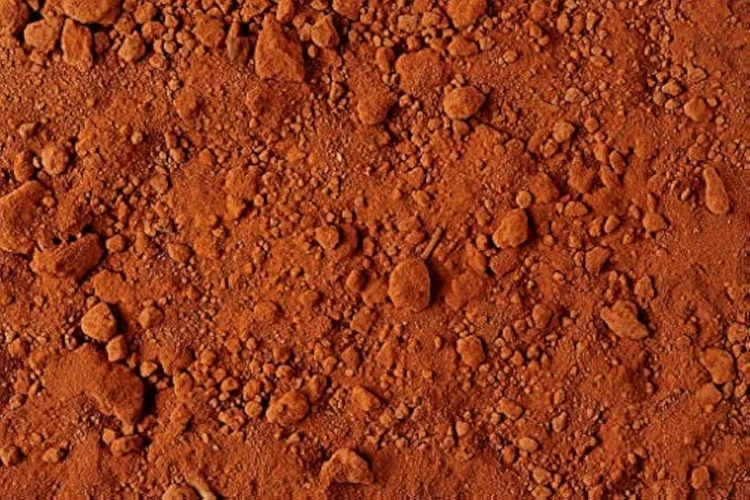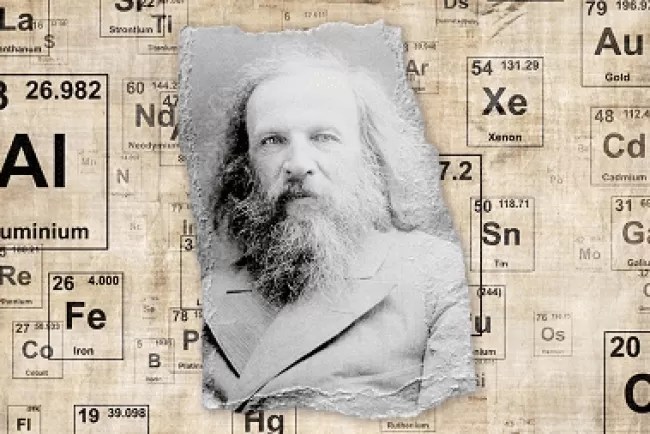Red Soil: A Versatile and Valuable Natural Resource...!!!
Red soil is a versatile and valuable natural resource with a wide range of uses in agriculture, construction, landscaping, and pottery. While it may have limitations in terms of fertility, proper management and amendments can enhance its suitability for crop cultivation.

Red soil, often referred to as "red earth," is a type of soil rich in iron oxides, which impart its distinctive reddish hue. Found in various parts of the world, particularly in tropical and subtropical regions, red soil is known for its unique characteristics and diverse applications in agriculture and beyond.
Properties of Red Soil
-
Color:
-
The reddish color of red soil is due to the presence of iron oxides. The hue can range from reddish-brown to reddish-yellow, depending on the iron content and other mineral compositions.
-
-
Texture:
-
Red soil is typically sandy to loamy in texture. It may have varying degrees of clay content, which affect its water retention capacity and drainage properties.
-
-
Fertility:
-
Red soil is generally low in organic matter and nutrients such as nitrogen, phosphorus, and potassium. However, it is rich in iron and other trace minerals.
-
-
pH Level:
-
The pH of red soil is usually acidic to neutral, ranging from 5.5 to 7.0. The acidity of red soil can affect the availability of nutrients to plants.
-
-
Water Retention:
-
Red soil has moderate water retention capacity. While it can retain some moisture, it also has good drainage properties, preventing waterlogging.
-
Formation of Red Soil
Red soil is formed through the weathering of ancient metamorphic and igneous rocks. The process involves the breakdown of rocks over time due to temperature fluctuations, rain, and wind. The high iron content in the parent rock is oxidized, giving the soil its characteristic red color. Red soil is commonly found in regions with a warm climate and moderate rainfall.

Uses of Red Soil
Due to its unique properties, red soil is utilized in various agricultural and non-agricultural applications. Here are some primary uses:
-
Agriculture:
-
Crop Cultivation: Despite its low fertility, red soil can be used for growing certain crops with proper management and fertilization. Common crops grown in red soil include millets, pulses, groundnut, cotton, and fruits like apples and berries.
-
Soil Improvement: Farmers often add organic matter and fertilizers to red soil to enhance its fertility. Green manure, compost, and farmyard manure are commonly used to boost the soil's nutrient content and water retention capacity.
-
Erosion Control: Red soil is used in erosion control practices such as terracing, contour plowing, and planting cover crops. These methods help prevent soil erosion and maintain soil health.
-
-
Construction:
-
Brick Making: Red soil is widely used in brick making due to its clay content. The soil is mixed with water, molded into bricks, and then fired in a kiln to produce durable bricks for construction.
-
Adobe Construction: In some regions, red soil is mixed with straw and water to create adobe bricks for building traditional houses. Adobe construction is an eco-friendly and cost-effective method of building.
-
-
Landscaping and Gardening:
-
Garden Beds and Lawns: Red soil is used in landscaping and gardening for creating garden beds and lawns. It provides a good base for plants and can be mixed with compost and other amendments to improve its fertility.
-
Pathways and Driveways: Due to its firm texture, red soil is used for creating pathways and driveways in gardens and parks. It compacts well and provides a stable surface for walking and driving.
-
-
Pottery and Ceramics:
-
Clay Pots and Tiles: The clay content in red soil makes it suitable for pottery and ceramics. Artisans use red soil to create clay pots, tiles, and other ceramic products. The soil is molded into the desired shape and then fired in a kiln to harden it.
-
-
Athletic Fields:
-
Sports Grounds: Red soil is used in the construction of sports grounds, particularly cricket pitches and tennis courts. The soil provides a firm and stable surface for playing sports and can be maintained easily.
-
Red soil is a versatile and valuable natural resource with a wide range of uses in agriculture, construction, landscaping, and pottery. While it may have limitations in terms of fertility, proper management and amendments can enhance its suitability for crop cultivation. Its unique properties make it an essential component in various traditional and modern applications. Understanding the characteristics and uses of red soil helps in making informed decisions for its effective utilization.
What's Your Reaction?

















